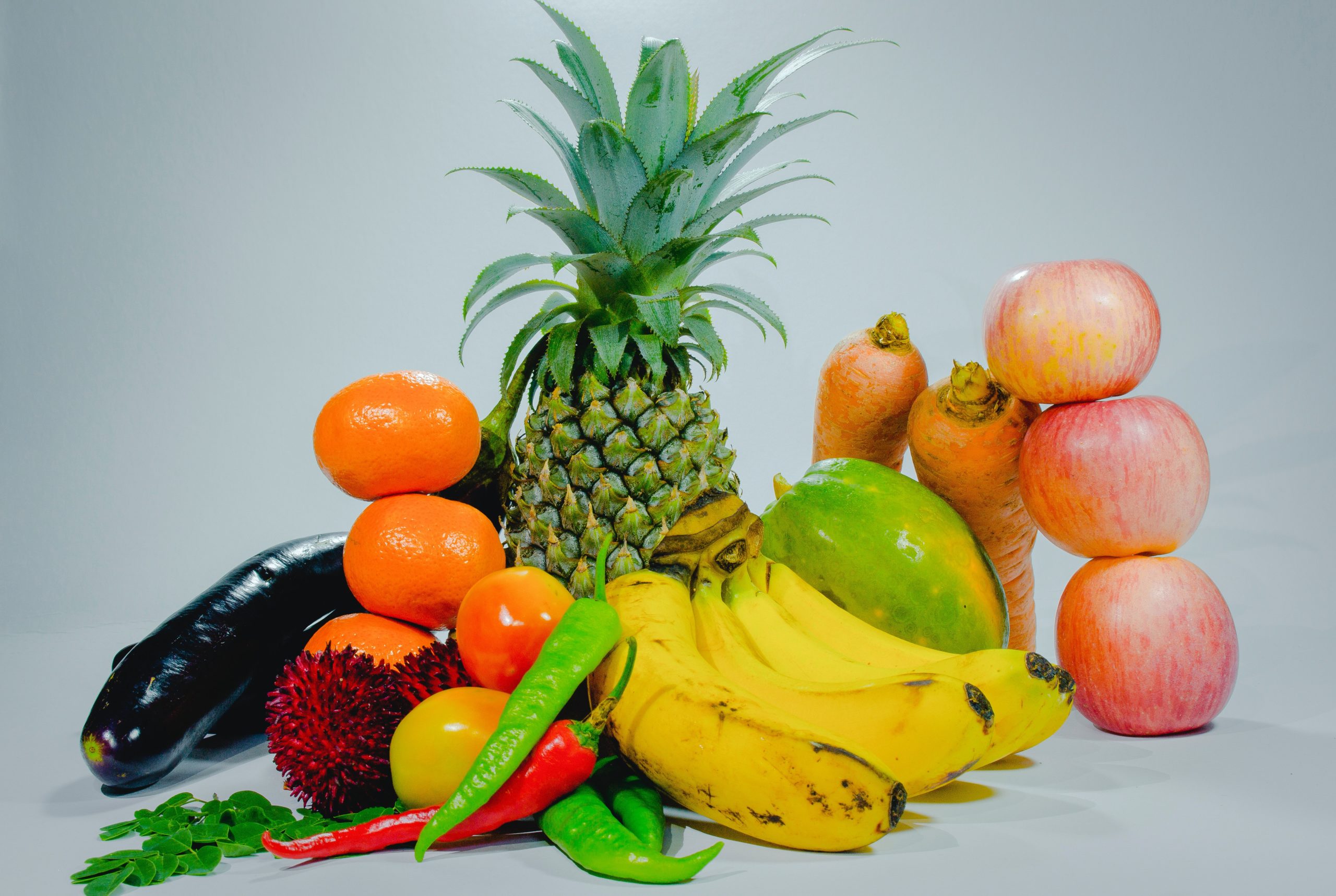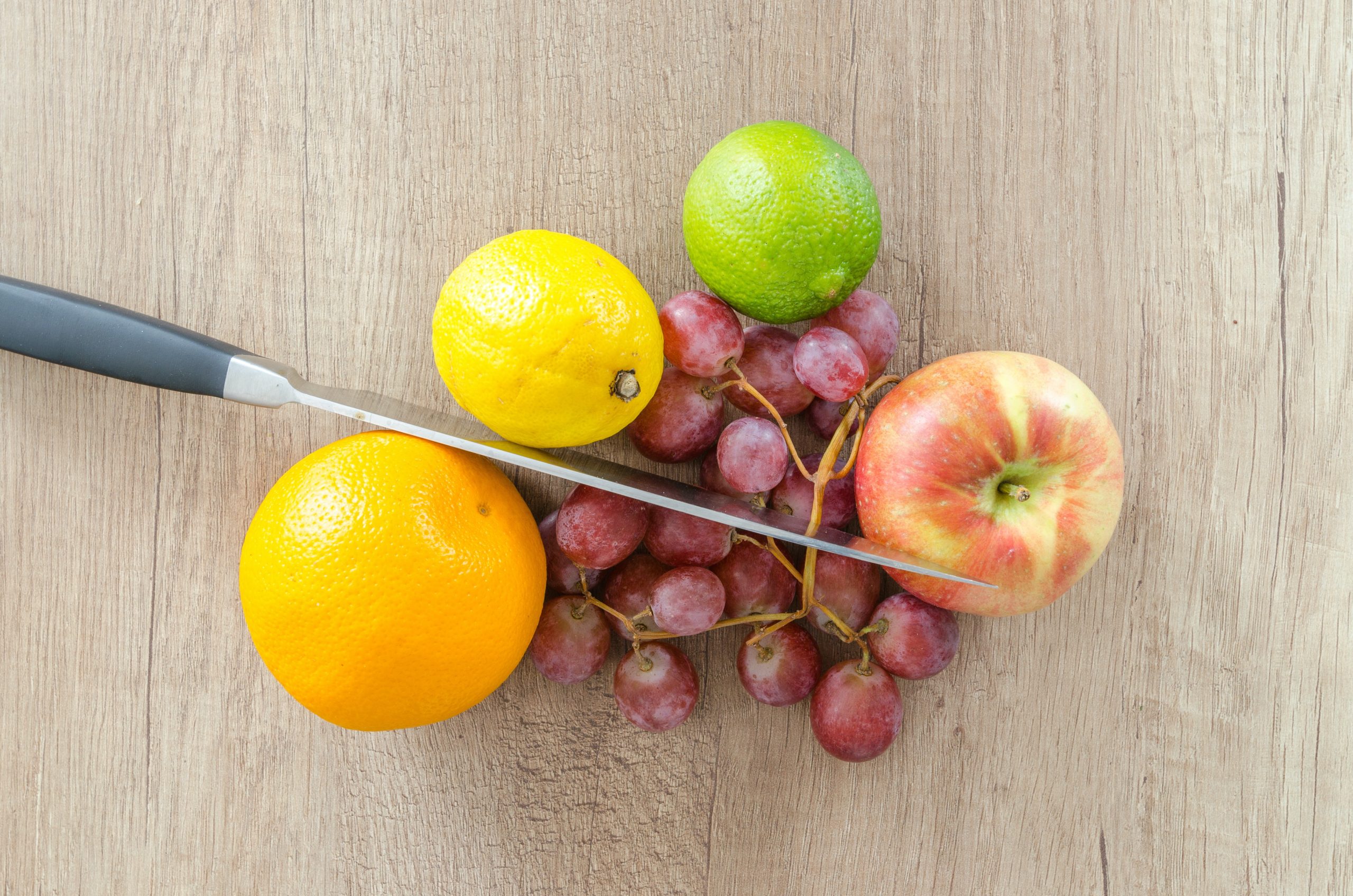Although most people know that fruits and vegetables are healthy, few are aware of their variations. There are considerable differences between fruits and vegetables regarding structure, flavor, and nutrients. The differences between fruits and vegetables and the health benefits they can give will be discussed in this article. Fruits include seeds produced by a plant’s bloom, while the remainder of the plant is classified as a vegetable.
Fruits are regarded as sweet in cooking, while veggies are considered savory. Tomatoes, avocados, and cucumbers are fruits commonly referred to as vegetables. Some veggies have a sweet taste and can be used in sweets and baked dishes. Fruit contains more sugar and calories than veggies, yet both are high in fiber, vitamins, minerals, and antioxidants. Various fruits and vegetables provide different nutrients. Eating enough of them can help you lose weight and control your blood sugar while lowering your heart disease and cancer chances.
What’s The Difference Between Fruits And Vegetables?
Both botanically and gastronomically, fruits and vegetables are classed.
They are classed botanically according to which portion of the plant they come from.
A fruit originates from a plant’s flower, whereas the rest is classified as a vegetable.
Fruits have seeds, whereas vegetables have roots, stems, and leaves.
They are categorized depending on their flavor in the culinary world. Fruits can be used in desserts, snacks, and liquids and have a sweet or tart flavor.
Vegetables have a milder or savory flavor profile and are typically served as a side dish or main course.
Fruits are Often Confused with Vegetables
In culinary terms, you probably have a pretty decent idea of which items are called fruits and which are considered veggies. There are, however, a few plants that are technically fruits but are typically categorized as vegetables due to their flavor. The most well-known and contentious example of this is tomatoes.
Tomatoes should be categorized as vegetables rather than fruits under US customs regulations, according to the US Supreme Court in 1893. Tomatoes are classified as fruits in botanical terms. However, they are still generally referred to as vegetables due to their flavor profile.
Other fruits that are frequently misidentified as vegetables include:
- Winter squash
- Avocados
- Cucumbers
- Peppers
- Eggplants
- Olives
- Pumpkins
- Peapods
- Zucchini
Fruits And Vegetables with A Sweeter Taste
Though many fruits are mistaken for vegetables, few, if any, vegetables are called fruits.
On the other hand, some vegetables kinds have a naturally sweeter flavor than most other vegetables and are utilized in sweets, pies, and baked products in the same way that fruits are.
Sweet potato pie is a famous Thanksgiving treat in the United States. Sweet potatoes are a type of root vegetable, not a fruit, despite their sweet flavor.
On the other hand, Candied yams are a baked dish made with yams, another edible tuber. Beets, carrots, rutabagas, and turnips are other veggies with a naturally sweeter flavor.
What Are The Nutritional Differences Between Fruits And Vegetables?
In terms of nutrients, fruits, and veggies are very comparable.
Fiber, vitamins, minerals, antioxidants, and plant components are abundant in both.
They are also low in salt and fat by nature.
Fruits, as you might anticipate, given their sweet flavor, have a higher natural sugar and calorie content than most vegetable species.
For example, one cup of apples has 65 calories and 13 grams of sugar, whereas one cup of broccoli has only 31 calories and 2 grams of sugar.
When compared to vegetables, some fruits may have a higher fiber content per gram. Fruit contains 2–15 grams of fiber per 100 grams, whereas leafy vegetables include 1.2–4 grams per 100 grams.
The water content varies a lot as well. Fruits contain between 61 and 89 percent water, while leafy vegetables contain 84 and 95 percent.
There are some nutrient variances between different fruit and vegetable categories as well. Here are a few highlights in terms of nutrition:
- Tubers are a good source of vitamin C, beta-carotene, potassium, and B vitamins and are high in fiber.
- Citrus fruits are high in vitamin C, beta-carotene, folate, and antioxidants, which may help to prevent degenerative illness.
- Glucosinolates, a category of chemicals associated with cancer protection, are found in cruciferous vegetables.
- Berries are high in anti-inflammatory substances called anthocyanins, which have been researched for their capacity to lower oxidative stress and support heart health.
- Leafy greens are high in carotenoids like lutein, which are linked to a lower risk of heart disease, stroke, and cancer.
A varied range of nutrients can be obtained by including a good mix of fruits and vegetables in your diet.
They Have Numerous Health Benefits
There have been many studies done on the numerous health benefits of eating fruits and vegetables.
In several studies, eating more fruits and vegetables has been linked to a lower risk of heart disease.
According to one study, consuming more than three servings each day reduced the risk of heart disease by 70%.
Fruits and vegetables are low in calories but high in fiber, so they may help you maintain a healthy weight.
Throughout 24 years, one study followed 133,000 people. According to the study, people’s weight tended to fall when they increased their diet of fruits and non-starchy vegetables.
Increased fiber consumption from fruits and vegetables may potentially lower your cancer risk. Increased fruit and vegetable diet has been related to a lower risk of colorectal cancer in multiple studies.
Finally, eating more fruits and vegetables may help you maintain a healthy blood sugar level. The fiber in these foods inhibits the absorption of sugar, allowing blood sugar levels to remain stable.
Reference: Health Benefits of Fruits and Vegetables
According to one study, increasing your fruit and vegetable intake can help you avoid developing diabetes (19Trusted Source).
It’s worth noting that these findings only apply to fruits and vegetables, not fruit juice. Fruit juice contains a concentrated dosage of vitamins, minerals, and carbohydrates present in fruit, but it lacks the fiber and health advantages associated with it.
Conclusion
There is a botanical distinction between fruits and vegetables. However, they do have a long list of nutrients and health advantages, ranging from lowering your risk of chronic disease to shrinking your waistline. According to current recommendations, you should consume at least five servings of fruits and vegetables each day, with three cups of veggies and two fruit cups. In the end, the classification of fruits and vegetables is less important than eating a variety of both to reap the benefits of their various nutrients.


